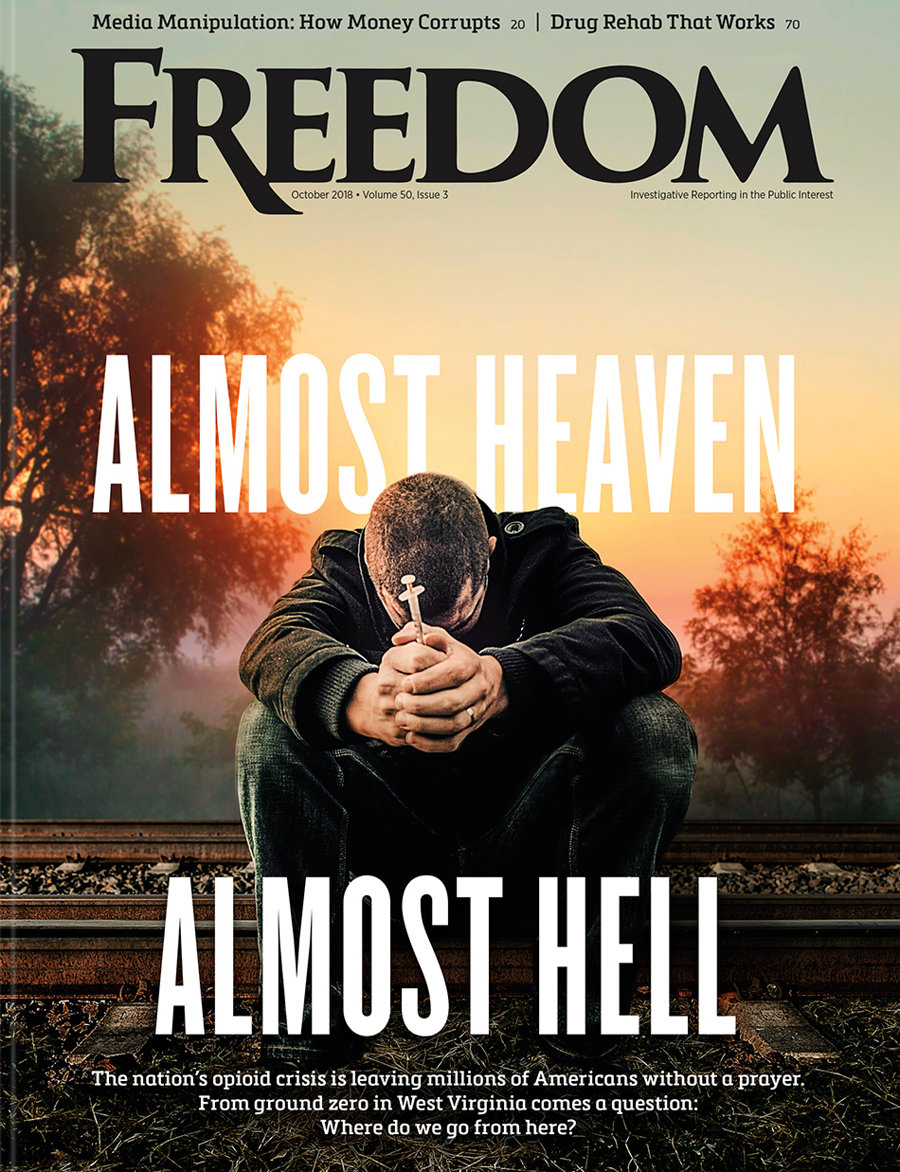The culprit is a drug never meant for human beings. Medetomidine—a veterinary sedative used to sedate and restrain domestic and wild animals—has no FDA-approved antidote for human use. Standard toxicology screens miss it entirely. By the time symptoms explode—tremors, violent retching, skyrocketing blood pressure and heart rate—it may be too late.
In other words, medetomidine is the perfect killer drug.
“You might have a patient who is doing fine at hour 10, and then at hour 11, it might just all of a sudden kick in.”
At first, it was said to be 30 times stronger than the animal tranquilizer xylazine, the previous adulterant of choice, commonly found in street drugs. That figure proved to be optimistic. With the passing months and surging numbers of victims appearing at ERs, it is clear that medetomidine is in fact 200 to 300 times stronger than xylazine, according to the distinguished medical journal The Lancet.
First spotted in Maryland in 2022, bulk illicit medetomidine has since spread coast to coast, from California, Colorado, Illinois and Missouri, fueling major outbreaks in Chicago, Philadelphia and Pittsburgh by early 2024. Across the US, the drug, which is often mixed with fentanyl or heroin, has unleashed waves of life-threatening overdoses. In Pennsylvania alone, it contaminated 71 percent of opioid samples in just the first three months of the year.
The danger is compounded by its unpredictability: Unlike opioids, medetomidine doesn’t respond to naloxone, and unlike xylazine, its withdrawal effects can erupt all at once.

“The ramp up for medetomidine withdrawal is much faster, so you basically go from a zero to 100 very quickly,” warns Dr. Sam Huo, lead author of the CDC study on medetomidine withdrawal in Philadelphia. “You might have a patient who is doing fine at hour 10, and then at hour 11, it might just all of a sudden kick in.”
The consequences are catastrophic.
Some patients have vomited so much that their esophagus has torn, while others have been at risk of heart attacks, strokes and arrhythmias because of high blood pressure and heart rate, said Dr. Caitlin Couper, an inpatient addiction medicine physician.
Between September 2024 and January 2025, the City of Philadelphia recorded 165 hospitalizations relating to the drug—nearly all requiring intensive care, with almost a quarter requiring breathing support.
The Lancet is calling for coordinated action by clinicians, public health agencies and policymakers: “The tools for an effective response are within reach: developing medetomidine-specific clinical guidelines, expanding epidemiological surveillance and fostering multisectoral collaborations. However, their success hinges upon our collective resolve to implement them.”
That “collective resolve” is the sticking point. Medetomidine can be treated with the sedative dexmedetomidine in ICU settings, and faster diagnostic tools are on the horizon.
We all have “collective resolve” on these weapons.
But the toxic substance business is a demand-driven industry—and for every solution, every new treatment option, every law enforcement crackdown, the chameleon-like monster simply morphs into a new and deadlier form.
What if the weapons could be provided before a person swallows his first pill or first touches the needle to his skin? Arming young people by educating them about drugs through campaigns like the Foundation for a Drug-Free World’s Truth About Drugs has proven to choke off the scourge of drugs at its source.
Address the demand and you stand a chance against the shape-shifting monster now stalking America’s streets.
Address only the symptoms and the storm will simply change form.






















